
Installing an electric wire rope hoist is a critical task requiring precision, adherence to safety protocols, and a clear understanding of the equipment and its environment. Improper installation can lead to equipment failure, property damage, or serious injury. This guide provides a general overview of the key steps involved. Always prioritize and strictly follow the manufacturer's specific installation manual for your exact model.
Trò chuyện trực tuyếnRead the Manual: Before touching anything, thoroughly read and understand the manufacturer’s installation, operation, and maintenance manuals.
Qualified Personnel: Installation should only be performed by trained, experienced personnel familiar with hoists, rigging, and electrical systems.
PPE is Mandatory: Wear appropriate Personal Protective Equipment (PPE) at all times: hard hat, safety glasses, steel-toed boots, and heavy-duty gloves.
Work Area Security: Ensure the installation area is clear of unauthorized personnel. Use barriers or warning signs.
Lifting Equipment: Use properly rated slings, shackles, and lifting devices (like a crane or forklift) suitable for the hoist’s weight. Verify load ratings.
Lockout/Tagout (LOTO): Before performing any electrical work, ensure the power supply is isolated and locked/tagged out according to site procedures.
Structural Integrity: Verify the supporting structure (beam, monorail, vân vân.) has been inspected and certified to handle the hoist’s weight plus the maximum rated load, including dynamic forces.

1. Manufacturer’s Installation Kit (bolts, washers, shims, vân vân.)
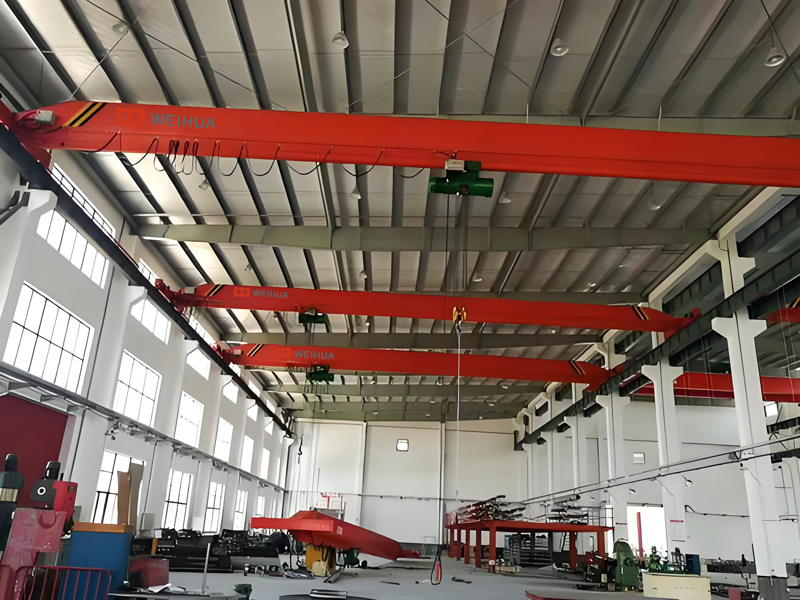
Pre-Installation Preparation:
Site Inspection: Carefully examine the installation location. Ensure there is adequate clearance overhead, underneath, and on all sides of the hoist’s travel path. Check for obstructions like pipes, conduits, or structures.
Verify Structural Support: Double-check the load capacity certification for the runway beam or supporting structure. Ensure it exceeds the total load (hoist weight + rated capacity + allowance for impact).
Unpack & Thanh tra: Carefully unpack the hoist and all components. Visually inspect everything for shipping damage. Compare parts received against the packing list and manual. Report any discrepancies or damage immediately.
Prepare the Mounting Surface: Clean the top flange of the supporting beam where the hoist will sit. Remove rust, dirt, sơn, or weld spatter that could prevent proper contact.
Mounting the Hoist:
Positioning: Using the designated lifting points on the hoist body (refer to manual!), carefully lift the hoist using appropriate rigging. Slowly maneuver it into position over the supporting beam.
Alignment: Align the hoist’s mounting feet or base squarely with the beam flange. Ensure the hoist’s travel direction is correct relative to the runway.
Initial Placement: Gently lower the hoist onto the beam flange. Do not fully tighten bolts yet.
Leveling: Use precision levels placed on critical machined surfaces of the hoist (VÍ DỤ., gearbox housing, motor mounting surface – consult manual). Shim between the hoist feet and the beam flange as necessary to achieve levelness in both the longitudinal (direction of travel) and transverse (across the beam) planes. Levelness is crucial for proper gear meshing, bearing life, and brake function.
Final Bolting: Once perfectly level, insert the mounting bolts, washers, and nuts provided by the manufacturer. Gradually and evenly tighten the bolts in a cross-pattern sequence to the exact torque specified in the manual using a calibrated torque wrench. Overtightening can distort the hoist frame; undertightening risks loosening. Re-check level after initial tightening.
Electrical Connection (Qualified Electricians Only!):
LOTO: Confirm power is LOCKED OUT and TAGGED OUT at the source.
Conduit/Raceway: Run appropriate conduit or raceway from the power source to the hoist’s junction box or designated connection point. Follow electrical codes.
Cable Pulling: Pull the correctly sized power supply cables (voltage, giai đoạn, ampacity as per manual and local codes) through the conduit to the Hoạt vận động điện connection box.
Termination: Strip, crimp (if required), and terminate the phase conductors (L1, L2, L3), ground (PE), and neutral (N, if required) securely to the designated terminals inside the hoist connection box. Follow the wiring diagram in the manual meticulously. Ensure connections are tight and free of stray strands. Double-check phase sequence if required (manual will specify).
Grounding: Các tời kéo dây điện frame MUST be properly grounded using the designated grounding terminal and an appropriately sized grounding conductor. This is critical for safety.
Control Wiring: If installing pendant stations, radio controls, or integrating into a crane control system, follow the manufacturer’s specific wiring instructions for these circuits. Ensure proper strain relief on pendant cables.
Sealing: Ensure all conduit entries into the hoist connection box are properly sealed to prevent dust and moisture ingress.
Wire Rope Installation & Spooling (If not pre-reeved):
Handle with Care: Wire rope is easily damaged by kinking or crushing. Wear heavy gloves. Uncoil carefully using a turntable or rolling method, never by dragging or uncoiling off the top.
Threading: Follow the manual’s precise diagram for threading the rope through the upper sheave(s)/hook block sheaves, onto the drum, and securing the dead end. Pay close attention to the direction of winding (over or under) and the required number of “dead wraps” remaining on the drum at the lowest hook position.
Dead End Securement: Secure the rope dead end exactly as instructed (clamps, wedge socket, vân vân.). Torque any fasteners to specification. Apply first layer carefully.
Initial Spooling: With the hook block lowered near the ground, power the hoist in the “UP” direction very slowly. Visually guide the rope onto the drum, ensuring it spools tightly and evenly, layer by layer, without gaps or crossing over. Uneven spooling can cause severe rope damage and instability. Lubricate if specified.
Hook Block Assembly (If not pre-assembled):
Pre-Operational Checks & Testing:
Kiểm tra trực quan: Do a final walk-around. Check all bolts for tightness, verify no tools or debris are left on the hoist, ensure guards are in place, and confirm clear travel path.
Giới hạn công tắc: Manually trip the upper and lower limit switches (if equipped) to ensure they are functional before powering up. Verify they stop the hoist as intended.
Brake Test (No Load): With the hook empty, raise it a few inches off the ground. Stop the hoist. Observe for any downward creep, indicating potential brake adjustment issues. Repeat.
Directional Control: Test both UP and DOWN directions with the pendant/controls. Ensure motion is smooth and corresponds correctly to the control input.
Travel Motion: If part of a trolley or crane, test the traverse motion in both directions. Check for smooth operation and proper stopping.
Load Testing (Crucial!): After successful no-load tests, conduct load testing:
25-50% Load Test: Lift a known weight within this range. Check hoist operation, braking (stop and hold), giới hạn công tắc, and structure stability.
100% Rated Load Test: Lift the full rated capacity. Perform multiple lifts, stops, and holds. Thoroughly inspect the hoist, mounting, structure, wire rope spooling, and braking performance.
125% Rated Load Test (Often Regulatory): Lift 125% of the rated capacity. This is a critical safety test typically required by regulations and insurance. The electric wire rope hoist must lift, hold (without creep), and lower the load safely. Monitor the structure and mounting intensely during this test. Follow all safety procedures rigorously.
Functionality: Test all controls, giới hạn công tắc, emergency stop buttons (if equipped), and safety features.
Finalization & Tài liệu:
Lubrication: Apply lubricant to specified points (gearbox, Vòng bi, open gears, wire rope – if recommended for your specific rope type) as per the manual’s schedule.
Clean Up: Remove all tools, packaging, and debris from the work area.
Tài liệu: Complete all necessary inspection and test reports. Record serial numbers, load test results, and installation details. File the manufacturer’s manuals and documentation securely.
Operator Training: Ensure only trained and authorized personnel operate the hoist. Provide them with the operating instructions and safety procedures.
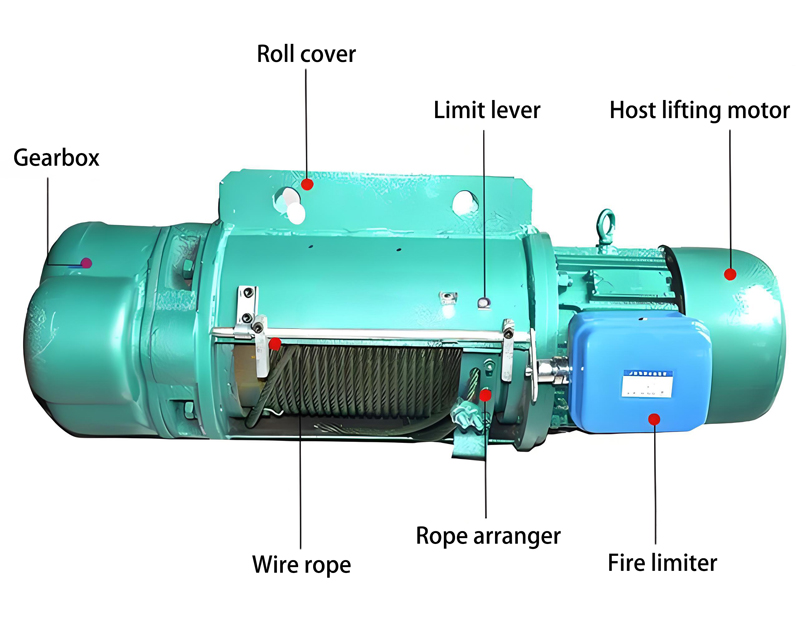
Safety is Paramount: Never compromise on safety procedures, PPE, or LOTO.
Manual is Law: The manufacturer’s instructions override any generic guide.
Structural Integrity: The support structure must be certified for the total load.
Leveling is Critical: An unlevel hoist will fail prematurely.
Correct Torque: Use a torque wrench on all critical fasteners.
Proper Wiring: Only qualified electricians should perform electrical work.
Even Spooling: Essential for wire rope and hoist longevity.
Thorough Testing: No-load, trọng tải (25%, 100%, 125%), and functional testing are mandatory.
Document Everything: Keep detailed records of installation, inspection, and testing.
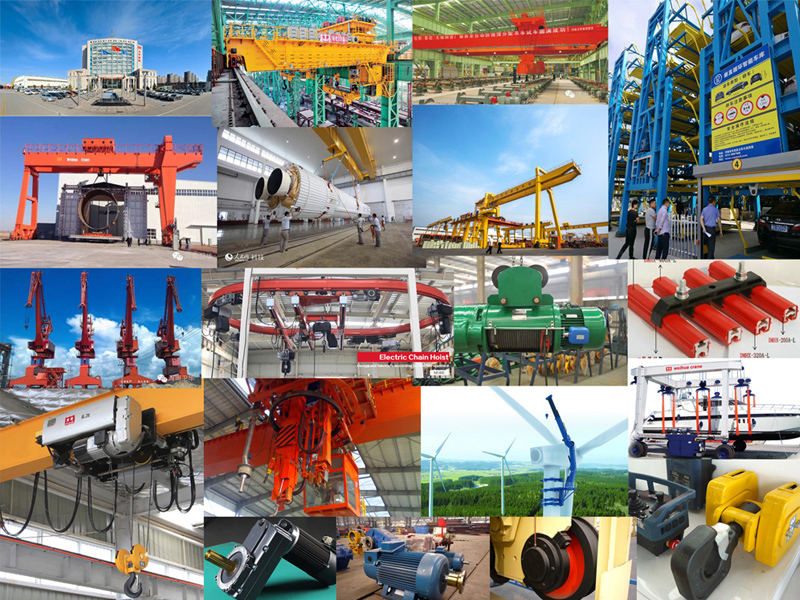


By meticulously following these steps and the manufacturer’s specific guidelines, you can ensure a safe, reliable, and long-lasting installation for your electric wire rope hoist. Nhớ, this is a complex piece of industrial equipment – respect its power and prioritize safety at every stage.
Chúng tôi coi trọng phản hồi của bạn! Vui lòng hoàn thành biểu mẫu bên dưới để chúng tôi có thể điều chỉnh các dịch vụ của mình theo nhu cầu cụ thể của bạn.
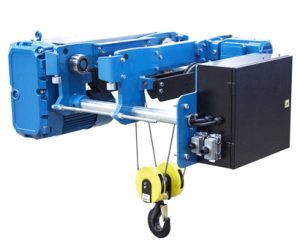
Palăng điện Weihua 230V được thiết kế để nâng hạ vật liệu với……

10 Các tính năng chính của Palăng xích điện 1. Khả năng nâng cao: Hỗ trợ tối đa……
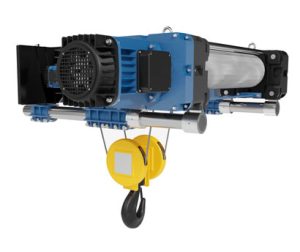
15 Các tính năng chính của tời điện dây cáp & Những lợi ích 1. Ca nâng đặc biệt……
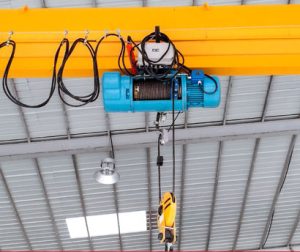
Weihha 2000 Palăng điện pound kết hợp kinh nghiệm tích lũy nhiều năm của Weihua……
